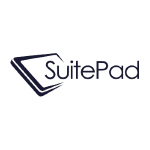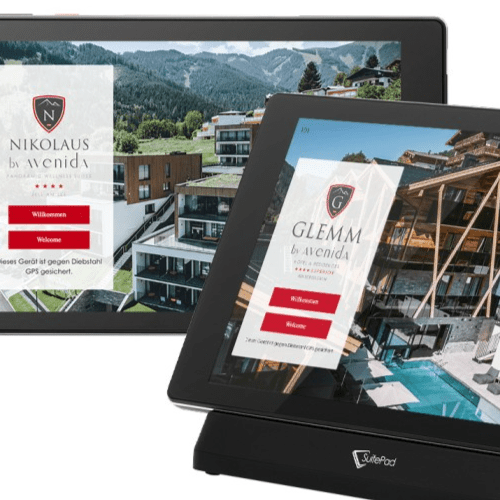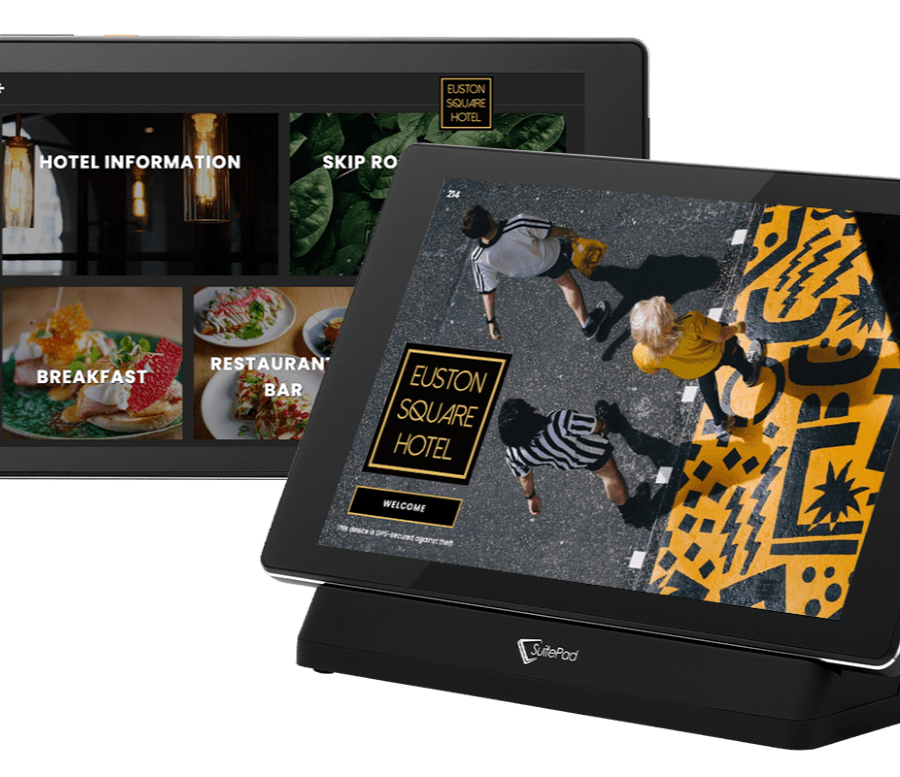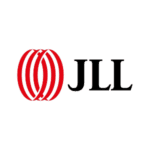The global pandemic has flipped the world as we know it on its head. Simple pleasures like dining out, using the gym, and visiting relatives have all suddenly become rigorous operations or have been banned altogether.
 Guests at hotels will also be met by new rules and regulations as they start to return, especially in communal areas such as the hotel reception area, hotel gym, and spa. One of the areas that will be hit the hardest is the hotel restaurant and dining area. How do you cater to the needs of hundreds of guests when they’re required to sit at least 6 feet apart? What’s more, how can you fit all those people in your dining room? And how can you cater to guests that are still anxious about contracting COVID-19?
Guests at hotels will also be met by new rules and regulations as they start to return, especially in communal areas such as the hotel reception area, hotel gym, and spa. One of the areas that will be hit the hardest is the hotel restaurant and dining area. How do you cater to the needs of hundreds of guests when they’re required to sit at least 6 feet apart? What’s more, how can you fit all those people in your dining room? And how can you cater to guests that are still anxious about contracting COVID-19?
In this article, we will be discussing how digital menus can be used to streamline your hotel’s room service operations to ensure guests can dine in safety and comfort. We’ll also be showing you how digital technology in the form of in-room tablets can help you organize your restaurant or dining area effectively, maximizing guest satisfaction while keeping everyone safe.
This article is the third in a series of four articles that are aimed at helping hoteliers overcome the stresses and strains of operating a hotel in a world with coronavirus. Check out our previous articles on minimizing the risk of spreading coronavirus in the hotel room and giving your guests control of their room’s housekeeping schedule to get a complete overview of how your hotel can thrive during the global pandemic.
The hotel dining conundrum for hoteliers during the global pandemic
With social distancing rules and regulations well and truly still in force, there is somewhat of a predicament for hoteliers that want guests to enjoy the culinary delights they have to offer. You may be thinking, “but can’t guests just simply go to a local restaurant instead of dining at the hotel?” Well yes, they certainly could, but at a time when your hotel has been starved of revenue for several months, wouldn’t it be better to find a solution that allows you to cater to guests’ culinary needs and expectations while also increasing F&B revenues?
This issue is even more apparent when it comes to catering for breakfast. As any F&B managers will know, breakfast can be the busiest time of the day for hotels. As guests head downstairs at their own leisure, there’s no real way of knowing when it will be busy and it’s unreasonable to expect guests to stagger their breakfast dining times—that defeats the point of even offering breakfast in the first place. In addition, most hotels offer a buffet-style breakfast that means guests are more likely to be in close proximity to each other and hotel staff, as well as touching serving implements, cereal dispensers, and drinks dispensers. All of these surfaces have the potential to be contaminated with viruses like the novel coronavirus which can lead to an outbreak that would be disastrous for your guests, your staff, and your business.
Using digital menus to meet guest expectations
If you’re worried that your hotel can’t cater to all guests in the dining hall, you should seriously consider bolstering your room service menu to include the main meals from the hotel restaurant. After all, if guests can’t go to the restaurant, you should bring the restaurant to them!
This would, of course, require a significant amount of logistical organization, with staff manning the phones and taking orders throughout the night while also running food up to guests’ rooms. This is where digital technology comes in. Using technological solutions such as in-room tablets and hotel apps, you can have your guests’ orders sent straight to the kitchen where they can be prepared to order, cutting out the need for hotel staff to act as middlemen.
In-room tablets, in particular, allow you to offer guests a smooth room service order taking procedure based on a clear digital menu. Digital menus have the advantage of being able to be updated remotely and in real-time—a real advantage if you’re offering daily specials, regularly change your menu, or need to eight-six certain items. This is how in-room tablets allow you to offer a first-class in-room dining service for guests.
Offering a breakfast service that is safe and luxurious
Being unable to offer your usual high-quality breakfast service could have a catastrophic effect on your business. Guests may be unwilling to pay the regular room fee if it doesn’t include breakfast, or they may even look elsewhere for alternative options that can give them the breakfast they want.
In-room tablets allow you to a level of flexibility when it comes to the breakfast service you can offer. Guests can use their in-room devices to register a time when they can visit the dining hall for their breakfast, allowing you and your staff to effectively manage the flow of people during the morning breakfast rush.
To help further minimize the number of people you have congregating in your dining hall during the breakfast service—especially as it’s likely that there will be minimum distance requirements between tables—you can offer a contactless in-room breakfast ordering service. Here at SuitePad, we’ve devised a system on our in-room tablets for our clients that want to offer contactless in-room breakfast ordering. This is expanded upon in a recent blog article by SuitePad CEO, Moritz von Petersdorff-Campen. Here’s how it works:
- Guests receive a push notification in the evening asking them if they’d like to book a contactless in-room breakfast to be delivered to their room the following day.
- If they choose yes, they are then taken to the breakfast menu and can either choose the items they would like to have delivered the following day via an à la carte menu or a set breakfast menu—it’s up to the hotel as to which they would like to offer.
- They then choose a time for delivery.
- The following day, a hotel staff member—wearing full PPE—will hang a “breakfast bag” filled with the guest’s desired breakfast on the room door handle or outside the room on a breakfast tray.
- The staff member will then knock on the door to notify the guest that their breakfast has arrived, and then quickly step away from the door or move on to another order, ensuring that there is no close contact between delivery staff and guests.
This feature is the perfect option for guests that are considered “high risk” or have anxieties about mixing with other guests due to the ongoing global pandemic. Simply ask your SuitePad account manager how to set up this system and they’ll be more than happy to show you.
If you’d like to boost room service sales at your hotel, check out this free white paper on how to boost room service sales at your hotel.
SuitePad is helping hotels return to normal
Things won’t be back to normal for a long while, but until then, hoteliers and hotel staff need to do all they can to help guests feel safe while also ensuring there is some sense of normality. Using SuitePad’s in-room tablets, hoteliers are able to effectively implement the high-quality dining services that customers have come to expect in a way that is safe for everyone involved and also meets all the regulatory requirements.
The flexibility and efficiency that SuitePad provides for its guests are indispensable during this current global pandemic. If you’d like to find out more about how SuitePad can help you, sign up for an on-site or online demo from one of our experts.
About Suitepad
SuitePad is the market leader in providing in-room tablet solutions that create added value for guests and hotels alike across central Europe. We are propelled by the vision to help hotels to shape the guest room of the future: guest directory, telephone, remote control, newspapers and room service menu are all united on a single device – the SuitePad. We are working with some of the most renowned hotel chains in more than 16 countries and were awarded various industry awards. According to our philosophy of creating an open and easy-to-use platform in the guest room, we developed SuitePad to offer hotel internal as well as external services, as desired by the hotel. Guests may not only browse hotel information, order room service or place reservation for hotel outlets but may also access entertainment offers like newspapers, movies, and social media.



















